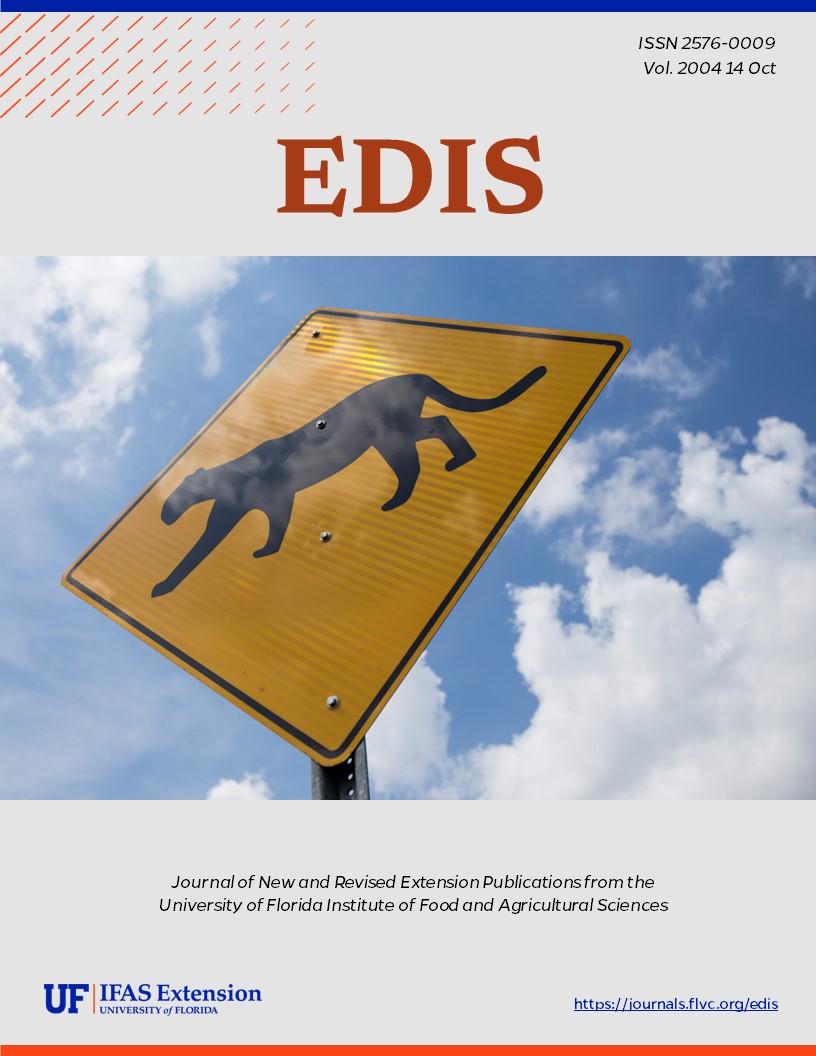Abstract
The ghost ant, Tapinoma melanocephalum (Fabricius), was considered a nuisance ant that was occasionally important as a house pest within Florida as late as 1988. Field populations were confined to South Florida although active colonies had been reported as far north as Gainesville, in Alachua County (Bloomcamp and Bieman, personal communication) and Duval County, (Mattis et al. 2004). But by 1995, if not before, the ghost ant was common in central and southern Florida and had been elevated to major pest status (Klotz et al. 1995). In more northerly states, infestations are confined to greenhouses or other buildings that provide conditions necessary for survival, as the ant is a tropical species either of African or Oriental origin (Wheeler 1910). However, this introduced ant species is so widely distributed by commerce that it is impossible to determine its original home (Smith 1965). This document is EENY-310 (originally published as DPI Entomology Circular 307), one of a series of Featured Creatures from the Entomology and Nematology Department, Florida Cooperative Extension Service, Institute of Food and Agricultural Sciences, University of Florida. Published: October 2003.
Unless otherwise specified, articles published in the EDIS journal after January 1, 2024 are licensed under a Creative Commons Attribution-NonCommercial-NoDerivs 4.0 International (CC BY-NC-ND 4.0) license.

